How to transplant a room rose?
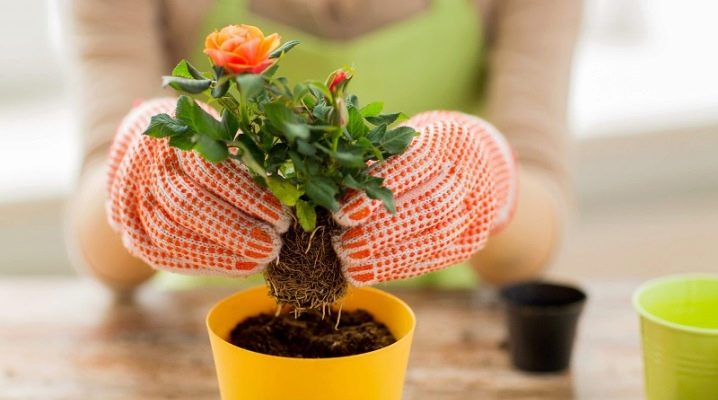
Rose is a beautiful plant, praised by poets for a reason. She pleases the eye with her unique colors. To constantly admire her, it is not at all necessary to have a country house and a rose garden, because there are indoor varieties of roses that live in pots.
But often such plants die shortly after purchase. The reason may be an untimely transplant. Let's understand the intricacies of this procedure.
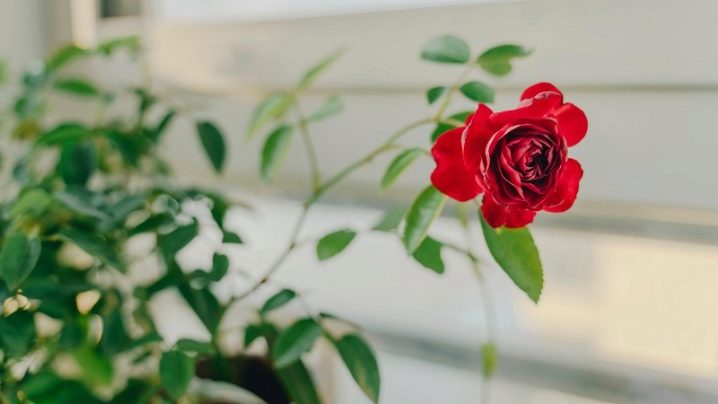
Dates of the procedure
A planned transplant of a room rose should be carried out in the spring, in March or April, or at the end of summer. As for transplanting a purchased plant, you should not rush with it if the rose was bought in a pot with a nutrient mixture. Let the flower get used to the new place - air and temperature. But if the plant was in a container, the content of which makes you doubtful, then it is better to transplant a room rose right away.
Do not transplant indoor roses in winter - the plant needs complete rest during this period. For the same reason, you shouldn't buy a flowering plant in winter. It is unlikely that such a bush will survive.
Transplant technology
In the store, the rose constantly receives a dose of nutritional mixture and a stimulant so that the bush retains its presentation. At home, so that the plant does not die due to a sharp change in conditions, a decorative rose should be transplanted from a store pot into another, after a series of preparatory procedures.
But even after planting, the store plant will not remain in the new pot forever. It will need to be replanted as it grows. It is not so difficult to carry out a transplant correctly at home.
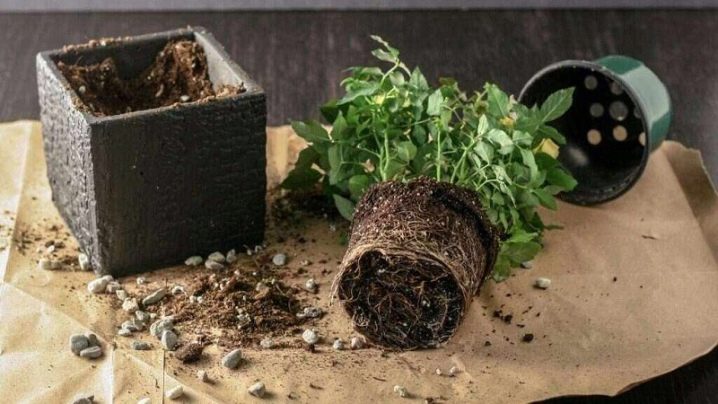
After the purchase
First, it is worth saying a few words about how to choose a rose.
- Purchase the plant exclusively in trusted, specialized stores.
- Ask the seller to remove the film and carefully examine the rose.
- Be careful with large specimens of an unusual type, especially if this is your first experience with a rose. Give preference to compact plants that look as natural as possible.
- The rose must have young shoots.
- The stems should be free of spots, damage and strange distortions.
- The leaves of the rose should be firm, dark green, shiny, free of dried out areas, damage from insects and traces of disease.
It is better to refuse to buy a flowering plant - this will only cause you a lot of problems when leaving and replanting the plant.
Before the transplant procedure, you need to prepare:
- a pot of a suitable size;
- sharp garden shears or knife;
- Epin;
- spray;
- basin;
- soil mixture;
- expanded clay or ceramics for drainage;
- gloves.


Find a place for the rose in advance. The light should be bright, but diffused, there should be no draft. The optimum temperature is + 16 ... 22, and in winter, during the rest period, - + 12 ... 15 degrees. In the summer, it is important to avoid overheating the soil. The transplant of a purchased potted rose is carried out in compliance with a number of rules. Having bought a flower in a pot, remove the film, remove all damaged shoots and leave the bush alone for 1-2 weeks.
If there are no nets on the roots, and they are not wrapped in fabric, then the transplant is carried out without destroying the earthen coma. However, some gardeners, on the contrary, advise to clear the roots of the soil, which may contain excess fertilizer, and place the root system in warm water. If you are not going to completely remove the old soil, then the fertilizer granules remaining on the root system are not removed.
The top layer of the earth is removed.If there are 2 plants in the purchased bush (and there may be 5 of them in one pot), separate them. The plant is washed. Some people wash with soapy water, which is then washed off with a contrast shower. It is important not to overdo it with the water temperature. The flower is treated with a solution of "Epin" - a composition that strengthens the immune system and accelerates the growth of the rose.
After spraying, the flower is left covered with a plastic bag. In this case, the plant should be ventilated for at least 5 minutes a day.
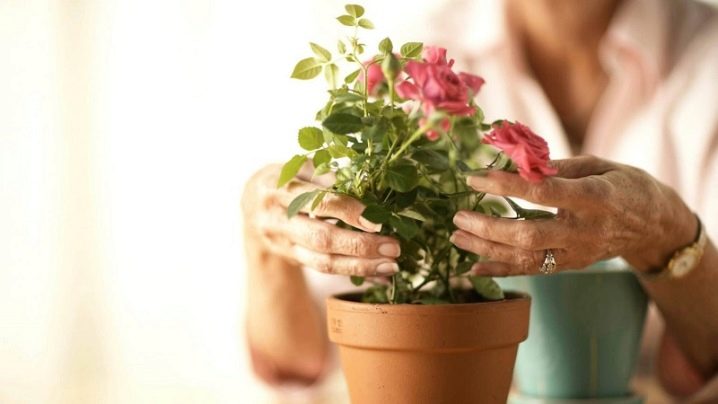
The new pot should have a drainage system and be only a few centimeters (plus 3 cm in diameter and 6 cm taller) larger than the old one. This will allow the plant to develop freely, but not too quickly. If you chose an unglazed ceramic pot, then leave it in warm water for a couple of hours before transplanting the plant. It is better to choose a soil mixture designed for roses. But you can prepare the substrate yourself from 4 parts of sod land, the same volume of humus soil and 1 part of sand, to which complex fertilizer must be added at the mixing stage.
General recommendations.
- The soil should be slightly acidic, light and rather loose, at room temperature.
- At the bottom of the pot, a layer of expanded clay 1-2 cm is laid out, which will play the role of drainage.
- The soil mixture is poured.
- The rose bush is placed in a new container.
- Slowly, periodically ramming, fill the soil, leaving 2 cm to the edge.
New subtleties arise when the rose is blooming or with buds. In this situation, the action plan is as follows.
- Wash the plant in a soapy solution.
- Carefully cut off dried leaves, buds, flowers.
- Treat the plant with an anti-pest composition.
- Cover with cellophane for a week, airing regularly.
- After 10 days, plant in a permanent container.
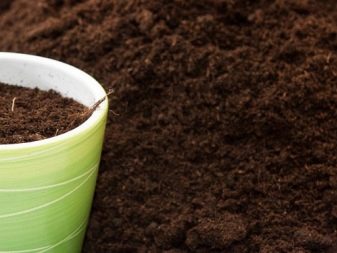

After outgrowing
Planting a rose in a new pot after the store is only the first stage of its journey at your home. Not very often, but the plant will have to change the pots in the future. If your rose is a miniature, dwarf plant, then it will be necessary to transplant the bush every 2-3 years. But large varieties need a new pot every spring, in addition, once every 2 years, their rhizome must be separated by propagating a flower.
The course of the planned transplant is as follows.
- A fresh mixture and a new planter are prepared.
- If the flower is transplanted immediately after flowering, then it is necessary to prune the plant, leaving a couple of buds.
- An old pot of earth is advised to be placed in water for a short time.
- The container with the flower is carefully turned over so that the earthen lump remains intact.
- The bush is carefully removed from the old container and moved to a new one by transferring.
- The earth is filled up so that a couple of centimeters remain to the edge.
- The foliage is lightly sprayed with water from a spray bottle.
- A flowerpot with a flower is placed in the shade for a day, then in a place familiar to the plant.
If the tips of some of the young shoots dry out at the end of the transplant, then they should be carefully trimmed to a healthy part.
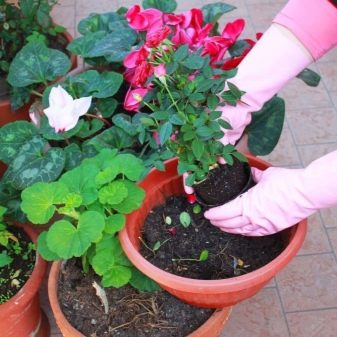
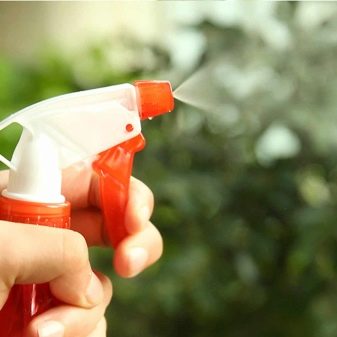
As for fertilization during transplantation, it is not necessary in the summer, unlike in the spring. You can feed after the "move" with special mixtures for roses, or alternating organic and mineral compositions. The flower is especially good for mullein and horse manure. Here are 2 proven recipes for a recently transplanted room rose.
Based on poultry droppings:
- 1 part of litter;
- 200 parts of warm water;
Insist the mixture for 2 days, dilute with water.
Mullein-based:
- 1/3 mullein;
- 2/3 water.
Top dressing is infused for about 3 days. After it brightens, you need to dilute it again. The frequency of feeding depends on the season. In the fall, it is produced 2 times a month, in the spring and summer - once a month. Root and foliar feeding should alternate.
A few words must be said about the intricacies of choosing a flower pot for a rose. The container material can be anything:
- plastic - the cheapest and, what is important when transplanting, quite easy;
- ceramic - allow moisture to evaporate well;
- wooden Is probably the most unfortunate choice due to its short lifespan.
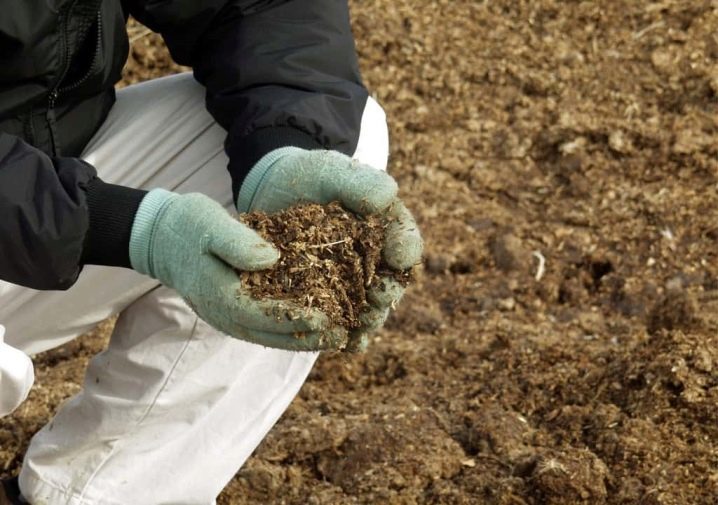
The main criteria when choosing a pot for a room rose are the presence of drainage holes and the size of the container. Dealing with the last point, you need to take into account the group of varieties to which your plant belongs:
- depth 25 cm - dwarf, border roses;
- 35 cm - patio roses;
- 40 cm - tea roses and hybrid varieties of similar sizes;
- 55 cm - climbing varieties of roses.
If you only have a pot without drainage holes at hand, then the expanded clay layer should be increased to 3 centimeters.
By the way, about the varieties. When buying a room rose, you need to pay special attention to them. Not always the reason for the death of a plant is an incorrectly made transplant; some varieties of roses are simply not suitable for growing at home.
Will feel good:
- tea rose and hybrid varieties (Prima Ballerina);
- Bengal rose;
- bourbon rose;
- polyanthus roses ("Fairy");
- "Hummingbird", "Cordana", Party and a number of other dwarf varieties.



Features of subsequent care
After the transplant, in caring for the rose, it is worth adhering to some rules. The rose should not be watered immediately after planting in a new pot. In the future, the rose is watered as the earthen lump dries out. Watering should be abundant, but not too frequent. The water should be warm and well settled. You can not water and spray a room rose during the sun. After transplanting, the plant should be left in a shaded area for about one day. Spray the plant twice a day.
Once the flower is free from stress, it should be placed in a permanent place. This can be a window sill in the southeastern part of the house or any other well-lit area. The plant is very capricious and light-requiring, in addition, low temperatures are destructive for it. Therefore, if it becomes too cold near the window in autumn and winter, the pot with the plant should be moved to another place where it will be light and warm.
Experienced gardeners advise watering from below, pouring water into the pan. The first feeding is carried out a month after the plant is transplanted. Scheduled feeding is carried out in the evenings, about once every 2 weeks, and is interrupted when the weather worsens severely - on cold, cloudy days. Another procedure that goes hand in hand with a transplant is pruning... She was repeatedly mentioned when describing the transplant process, so we will touch on it in a little more detail.
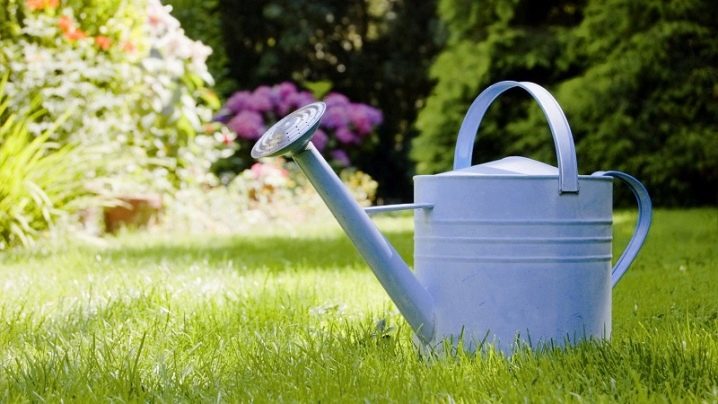
When pruning, the following rules must be followed.
- All instruments must be sharpened and decontaminated.
- After cutting off a part of the shoot, the "wound" needs to be treated.
- Scheduled pruning is done in late winter or early spring. Emergency - if necessary, transplant a flowering or only faded plant, or if there is damage.
- The first is to eliminate dry shoots, which are cut to a healthy, living area, or to the base.
- It is completely necessary to remove too thin shoots, branches without an upper bud, shoots that grow from one bud.
- Cutting can only be done at an angle.
- Newbies in pruning are advised to follow the “cut in half” rule.
Having correctly carried out all the described manipulations, you will get a healthy, blooming and eye-pleasing plant. Be careful when buying and leaving, then a capricious flower will not give you many problems.
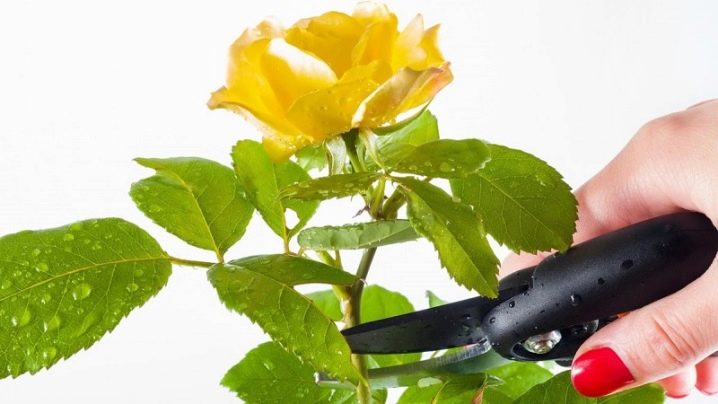

































































































The comment was sent successfully.